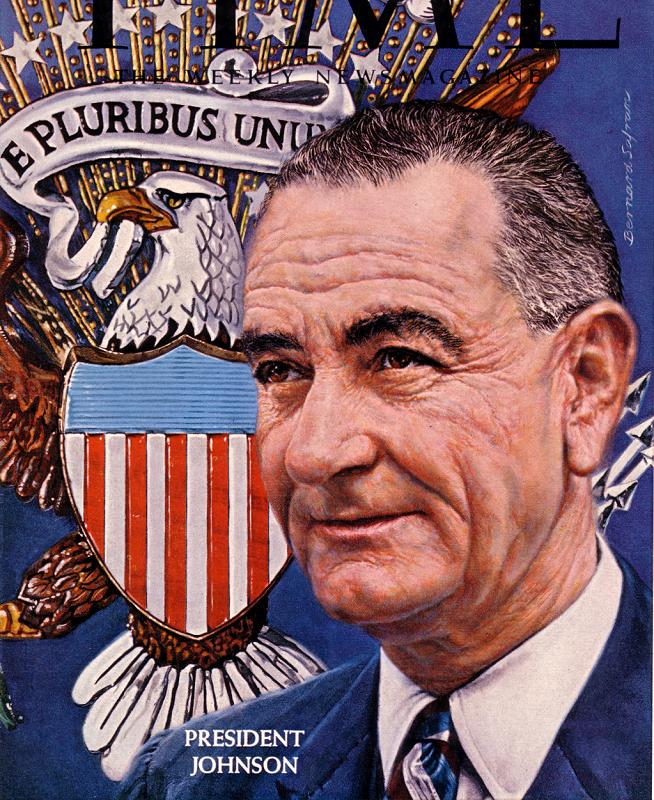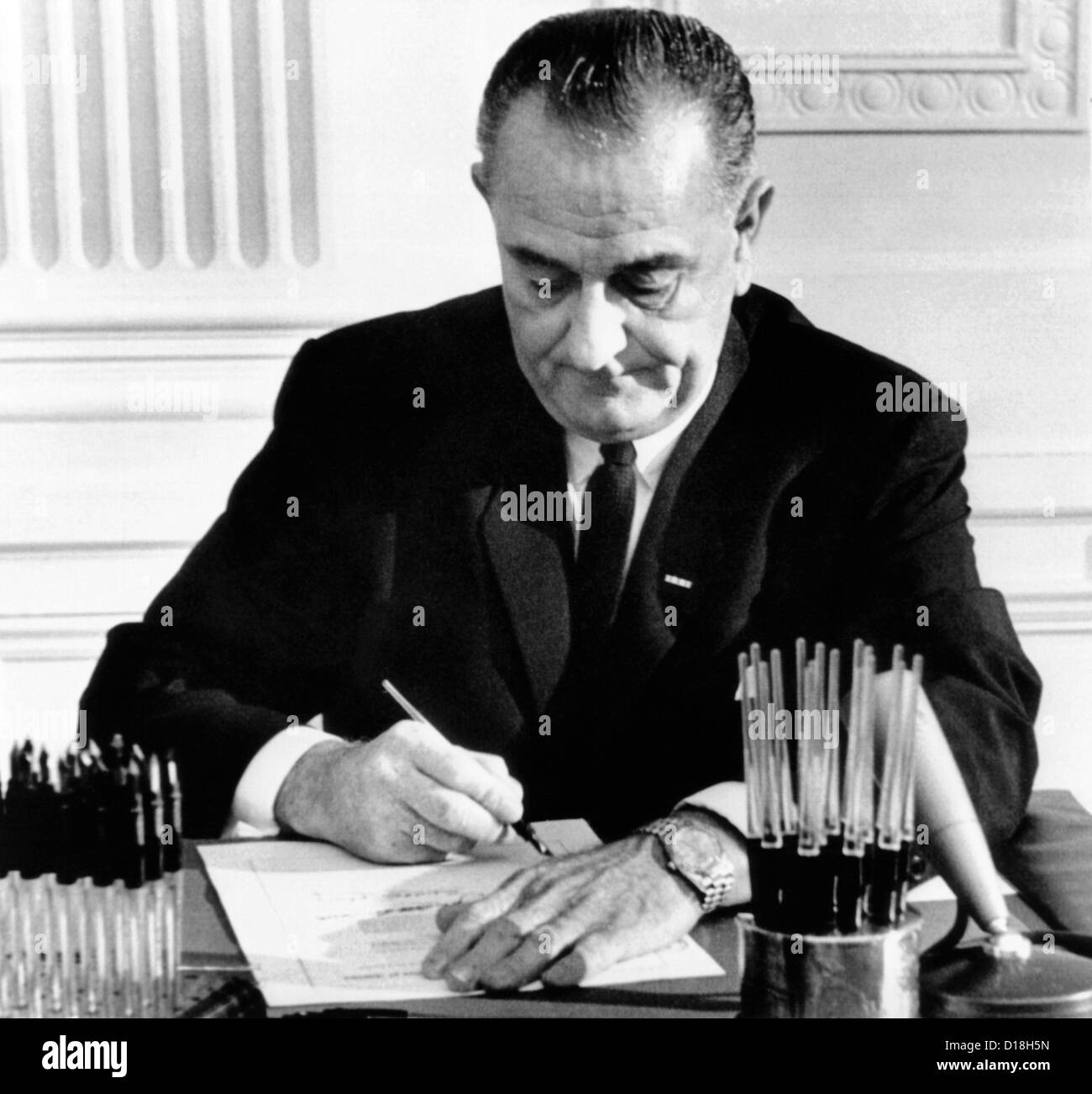


In a letter to South Vietnam’s new leader, Ngo Dinh Diem, dated October 1, 1954, President Dwight D. In theory, successful nation building would defeat the Communists and forestall any American involvement in a conventional ground war.Īmerican policy toward an independent South Vietnam first took shape in the late summer and early fall of 1954, after the Geneva Conference armistice agreement between French Union forces and Ho Chi Minh’s government created two states, North and South Vietnam. American advisers would work with local governments and military units. Then American money would prime the pump of economic development and ameliorate dire social conditions in the nations under Communist attack. An international alliance - the South East Asia Treaty Organization in the case of South Vietnam - was supposed to deter Communist forces from conventional aggression by threatening belligerent Communist regimes with conventional warfare, backed by a possible nuclear strike by the United States if the fighting got out of hand. The Eisenhower administration approached nation building in South Vietnam in the classic terms of Cold War confrontation. national and military policy for the next 25 years. Truman said on June 27, 1950, at the beginning of the Korean War, the attack on Korea made it ‘plain beyond all doubt that communism has passed beyond the use of subversion to conquer independent nations and will now use armed invasion and war.’ Containment of such Communist expansion in Southeast Asia would remain the bedrock of U.S. The American commitment to Vietnam was very much part of the overall U.S. forces’ ultimate defeat.īut that theory cannot withstand dispassionate analysis. Army ground combat units, broke the strategic continuity of American involvement in Vietnam and, in so doing, paved the way for the U.S.

Marines ashore in March 1965, followed shortly thereafter by U.S. One such ‘truth’ is that President Lyndon Baines Johnson, in sending U.S. More than thirty-five years past the 1968 Tet Offensive provides an excellent vantage point from which to re-examine the alleged truths about the Vietnam War. Johnson's Vietnam War Disengagement Strategy Close


 0 kommentar(er)
0 kommentar(er)
